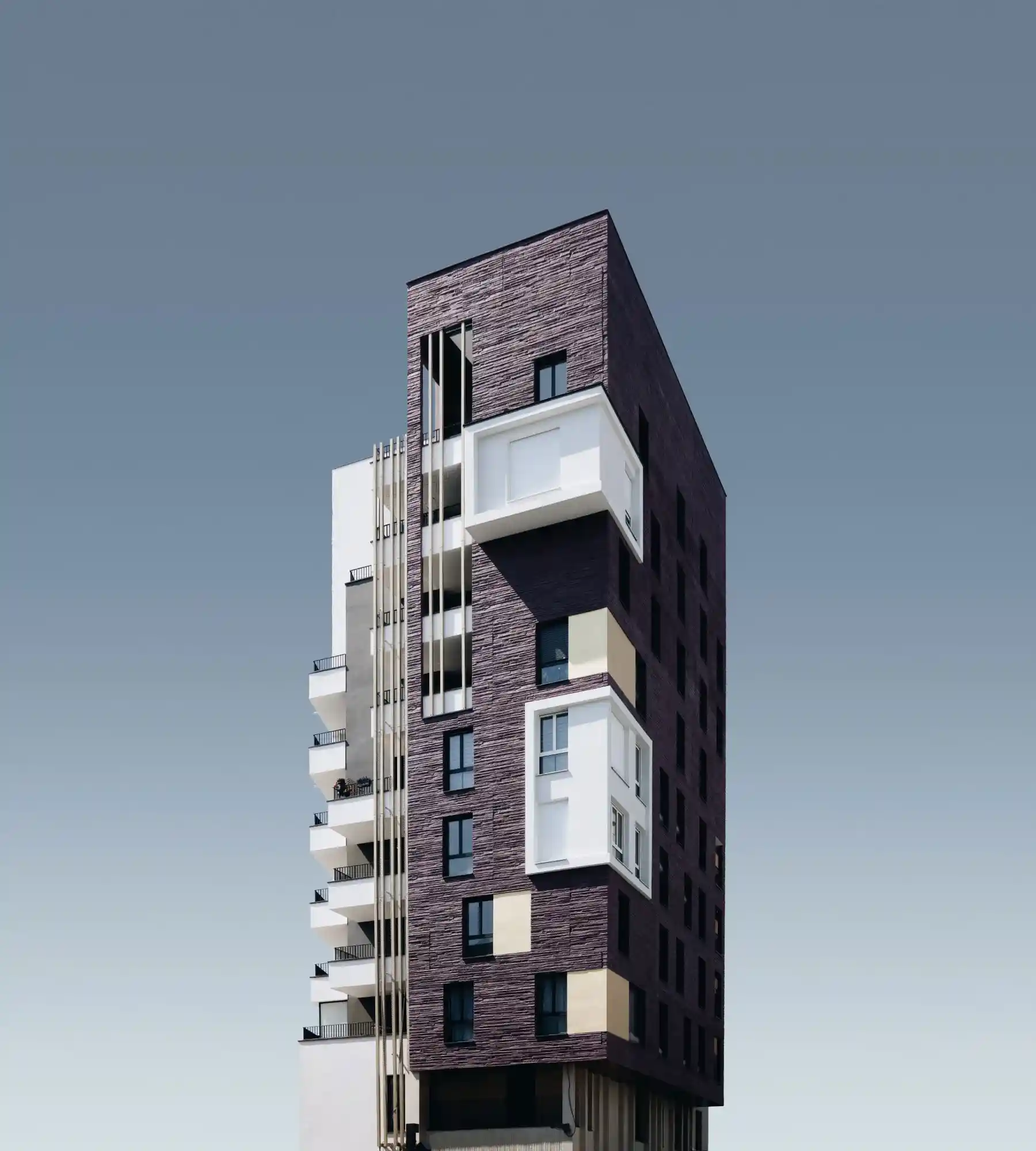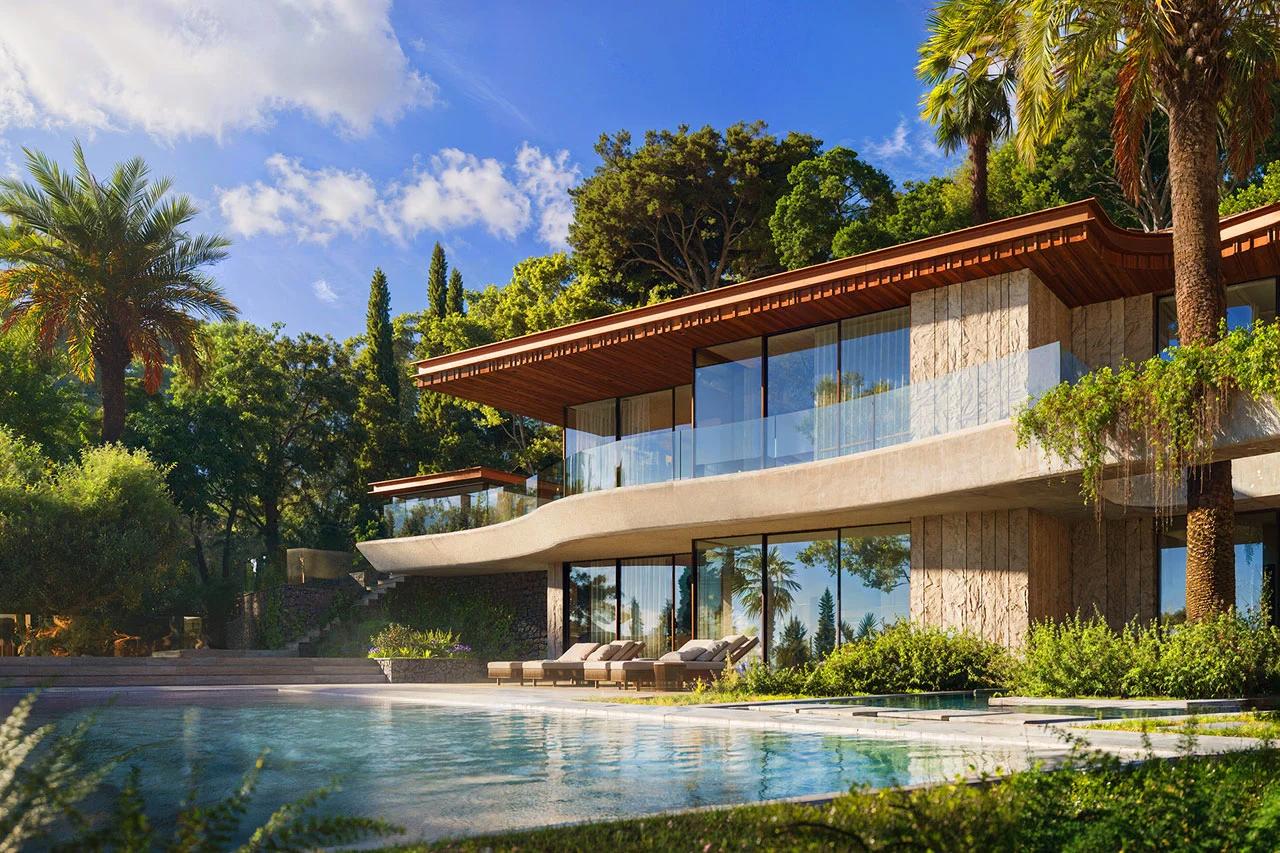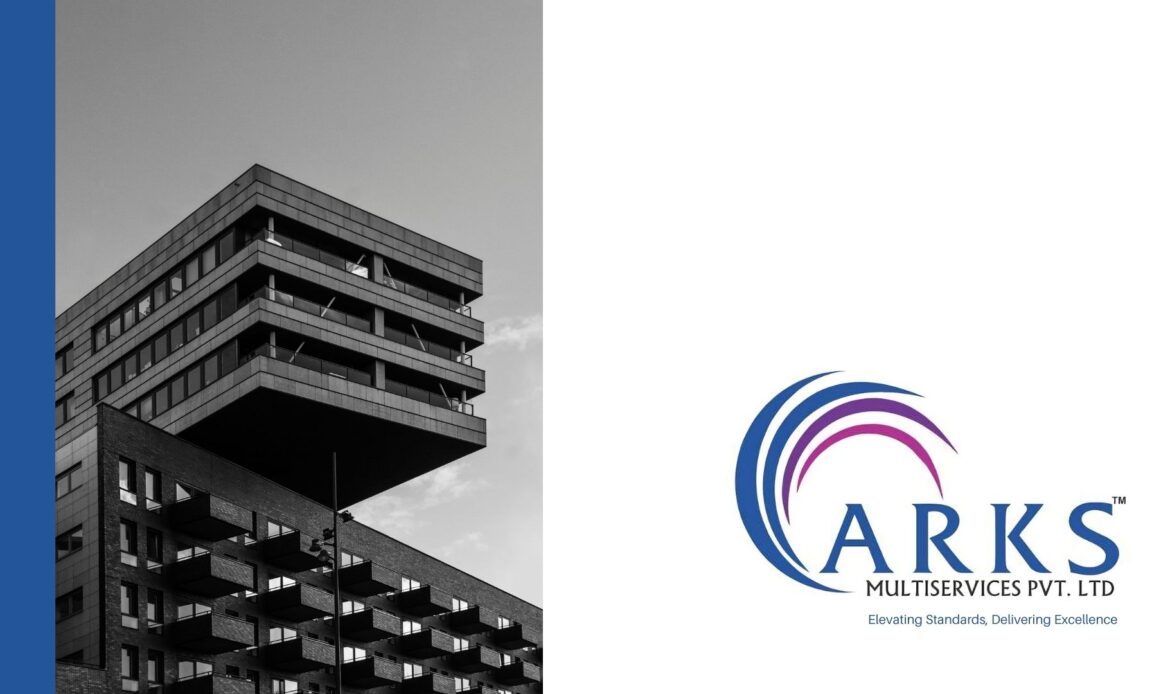Architecture is more than just bricks and mortar; it’s the silent stage upon which our lives unfold. The spaces we inhabit, from our homes to our workplaces, profoundly influence our mental health and overall wellbeing. While we often focus on the functional aspects of design, the psychological impact of architecture is a critical, yet often overlooked, element of creating healthy and thriving communities.
The connection between our environment and our mental state is deeply rooted in our evolutionary history. Humans have evolved to respond to specific cues in their surroundings, and modern architecture, when thoughtfully designed, can leverage these cues to foster positive mental states.
Light: The Spark of Life
One of the most fundamental elements of architecture influencing mental health is natural light. Sunlight regulates our circadian rhythm, the internal clock that governs our sleep-wake cycle. A well-lit space can boost serotonin levels, improving mood and reducing symptoms of depression. Conversely, poorly lit environments can lead to fatigue, irritability, and even Seasonal Affective Disorder (SAD).
Architects can maximize natural light through strategic window placement, skylights, and the use of light-reflecting materials. The integration of biophilic design, which incorporates natural elements, can further enhance the positive impact of light. Studies have shown that access to daylight reduces stress, improves cognitive function, and promotes a sense of wellbeing.

Space and Flow: Navigating Our Inner Landscape
The spatial layout of a building can significantly impact our sense of comfort and security. Cluttered or cramped spaces can induce feelings of anxiety and claustrophobia, while open and airy environments can promote a sense of calm and freedom. The flow of a space, the way we move through it, also plays a crucial role. Confusing layouts can lead to frustration and disorientation, while intuitive designs can enhance our sense of control and ease.
Consider the impact of high ceilings versus low ceilings. High ceilings can evoke feelings of grandeur and expansiveness, fostering creativity and inspiration. Lower ceilings, on the other hand, can create a sense of intimacy and coziness, promoting relaxation and social connection. The choice of spatial design depends on the intended purpose of the space and the desired emotional response.
Biophilic design, which integrates natural elements into the built environment, is increasingly recognized for its positive impact on mental health. Studies have shown that exposure to nature can reduce stress, improve mood, and enhance cognitive function. Architects can incorporate biophilic elements through the use of natural materials, indoor plants, water features, and views of nature.
Space and Flow: Navigating Our Inner Landscape
Color and texture are powerful tools in the architect’s arsenal. Colors can evoke specific emotions and influence our perception of space. Warm colors, such as reds and oranges, can create a sense of energy and excitement, while cool colors, such as blues and greens, can promote calmness and relaxation. Textures can add depth and interest to a space, creating a tactile experience that engages our senses.
The choice of color and texture should be carefully considered based on the intended purpose of the space and the desired emotional response. For example, a calming blue might be ideal for a bedroom, while a vibrant yellow might be more appropriate for a creative workspace.
The Future of Architecture: Designing for Wellbeing
As we become increasingly aware of the profound impact of architecture on mental health, the focus is shifting towards creating spaces that promote wellbeing. Architects are incorporating principles of biophilic design, universal design, and evidence-based design to create environments that are not only functional but also supportive of human health and flourishing.
The future of architecture lies in creating spaces that are responsive to the needs of the individuals who inhabit them. By prioritizing mental health and wellbeing in the design process, we can create buildings and communities that foster a sense of belonging, connection, and thriving.
In conclusion, architecture is a powerful tool that can shape our mental health and wellbeing. By understanding the psychological impact of design elements such as light, space, nature, color, sound, and community, we can create spaces that are not only aesthetically pleasing but also supportive of human flourishing. It is imperative that architects, planners, and policymakers prioritize the creation of environments that promote mental health and wellbeing for all. The buildings we create today will shape the lives of generations to come, and we have a responsibility to build well, for the sake of our collective mental health and the future of our communities.



